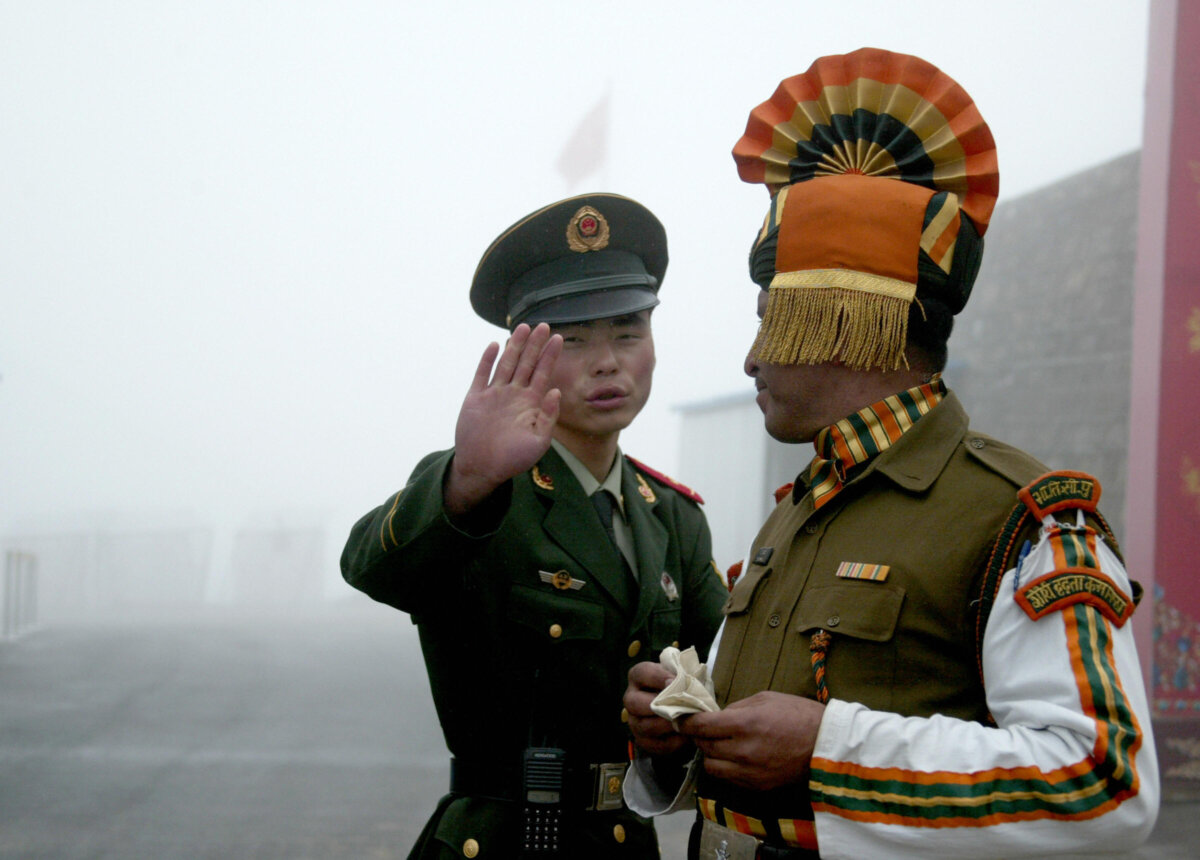Commentary
The Chinese Communist Party (CCP) appears to be indifferent to China’s territories. Territorial disputes serve as a means to an end for the CCP, whether as a bargaining chip or a diversionary tactic to direct the Chinese public’s attention during a governance crisis.
A recent example is Beijing’s concession to New Delhi regarding a territorial dispute that has lasted for more than half a century.
In late October, the CCP reached a joint border patrol agreement with India and restored the India–China Line of Actual Control, a 2,100-mile-long border drawn between the two countries after the 1962 Sino–Indian War.
Effectively, the Communist Party has abandoned its claims to more than 35,000 square miles—equivalent to the size of Indiana, or 2 1/2 times the size of Taiwan—within the boundaries of ancient China’s Qing Empire. When India announced independence in 1947, it took the area under the British government’s claim at the time.
The agreement was signed a day before the BRICS summit in Kazan, Russia. The CCP aspires to dethrone the U.S. dollar from its position as the world’s reserve currency. The first step is to increase the adoption of its alternative yuan-based Cross-border Interbank Payment System.
Beijing also wants to extend its Belt and Road Initiative—an economic and military expansion plan disguised as global infrastructure investment—on a broader scale through the Indian Ocean.
With those objectives, the Communist Party needed India’s help—thus, the concession was justified.
The October agreement was not the first time that CCP leader Xi Jinping used the Sino–Indian border issue. It served a different use in 2020 when Xi was facing a governance crisis as his draconian zero-COVID-19 lockdown measures began to cripple business operations and fueled domestic discontent.
By reigniting the Sino–Indian border conflict, Xi followed in the footsteps of former CCP leader Mao Zedong and used the issue to divert public attention.
In the winter of 1962, Mao began an offensive on the same border to divert domestic discontent from his rule when the Great Leap Forward—a radical centrally planned economic movement—led to a devastating famine between 1958 and 1962, killing tens of millions of people.
The war lasted one month and ended with the defeat of the Indian army and a complete victory for the Chinese military.
At the time, however, communist China was isolated from the international community, with only a few countries, such as Vietnam, North Korea, and Pakistan, on its side. The United States and the Soviet Union provided India with a great deal of military aid, including large transport planes, fighter jets, and helicopters.
Concerned that it could not sustain the war, the CCP withdrew its troops immediately after regaining only a tiny amount of territory, less than 11,600 square miles.
Since then, more than 35,000 square miles of land that initially belonged to the Qing Empire have remained unrecovered—and Xi’s new border patrol agreement gave up this area.










